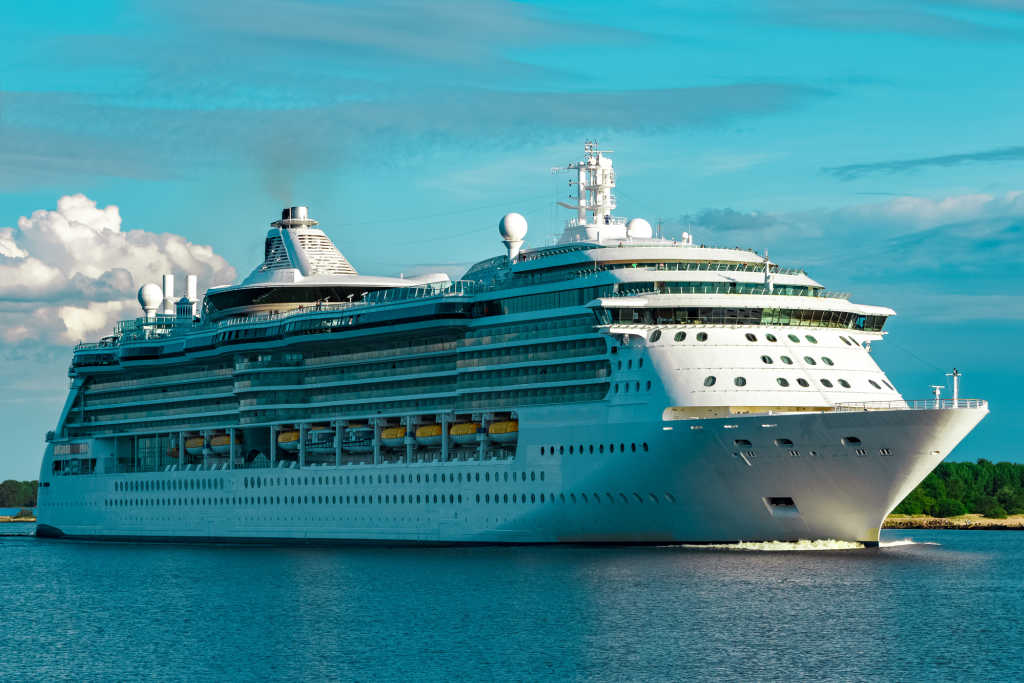There are several things you need to know about living on a cruise ship. For starters, it is difficult to meet people and make friends while onboard. If you’re an introvert, this may not be the best option. Crew cabins tend to have bunk beds and curtains, but the small community can also make for a very messy living environment. You’ll hear all sorts of tales of crew hookups, but it’s true that a cruise ship crew cabin is a small community – and it’s messy.

Cost of living
The cost of living on a cruise ship can vary significantly. Some residences are only a few hundred dollars, while others can cost up to $352,000 for single occupancy. Most residences include all meals, gratuities, laundry services, and more. You will also have to pay yearly maintenance fees.

One of the main benefits of living on a cruise ship is the lower cost of living. You won’t have to buy food, pay for gas, or cover other land-based expenses. In addition to that, all entertainment and food are included in the price. You can also save money by paying for your trip in advance so that you don’t have to worry about your monthly bills.
If you are a senior citizen, living on a cruise ship may be an ideal option for you. The cost of living aboard a cruise ship can be much cheaper than living in an assisted-living facility. According to the Genworth Cost of Care survey, an assisted-living residence can cost between $4,051 and $45,000 a year.

Logistics of long-term cruising
The logistics of long-term cruising are becoming more complex. A cruise ship must stop at a port every 10 hours, which means that the supply chain needs to run like a well-oiled machine. With a capacity of more than 950 passengers, logistics are an essential function on a cruise ship.
The logistics of long-term cruising must take many factors into account, from the infrastructure and berths available to the port itself. There are also issues with security and luggage handling. While large hub ports are well-equipped to handle the additional traffic, small, “exotic” ports pose additional challenges, and their population might not be large enough to handle the influx. Ultimately, these factors must be considered in the development of the cruise industry.
The logistics of long-term cruising also depend on the source market. While Americans typically use multiple ports in the United States, Europeans typically favor specific destinations. For example, Americans will often use Dover and Southampton, while British and Italian passengers often use Venice, Civitavecchia, and Barcelona. Germans, on the other hand, will often use Hamburg and Kiel to reach their destinations.
Health care costs
Onboard medical facilities are limited, and most ships don’t have specialized physicians. Instead, cruise ship doctors usually treat routine illnesses such as the norovirus. There are also limited emergency services, which may be more expensive and logistically difficult. Whether you need a specialist or an emergency room visit, make sure you plan ahead and bring your insurance card with you.

Many travelers are hesitant to see the ship’s medical center, citing the cost. But if you need medical care onboard, it’s important to consider that your health insurance won’t cover the cost of the services, and you will likely be charged out of pocket. However, if you purchase travel insurance, you can claim the medical costs under that policy.
Cost of living for retirees
If you’ve ever thought about retiring on a cruise ship, you may wonder how much it would cost. Depending on the lifestyle you choose, you can spend anywhere from $90 a day to millions of dollars a year. However, it’s worth considering the pros and cons before making a final decision.
One of the biggest downsides is the cost. Onboard apartments and condos on newer cruise lines cost $350,000 and up. This amount covers meals and gratuities but does not include the cost of the ship itself. This cost is likely to be hard to cover with insurance. On the other hand, there are other options. While these options may be cheaper, you won’t get any senior care, 24-hour meals, or free wi-fi.

One couple from Seattle is doing exactly this. Angelyn and her husband Richard have been living on a cruise ship for the past year. Their goal is to live on the ship for as long as possible. Angelyn says that she and her husband don’t have plans to return to land, and the cost of living on a cruise ship is significantly cheaper than paying their mortgage.
Cost of living for newbies
Living on a cruise ship can be an expensive proposition, but there are some ways to cut down on the costs. For example, many cruise lines offer wi-fi throughout the ship, so it’s easy to work from anywhere. You can also work remotely and earn money from the ship’s internet.

Living on a cruise ship is a great way to travel the world and increase your cultural awareness. It is also possible to make a lot of friends while working. Plus, you won’t have to worry about paying rent, food, or gas. You can also take advantage of special discounts offered to crew members at various ports.
